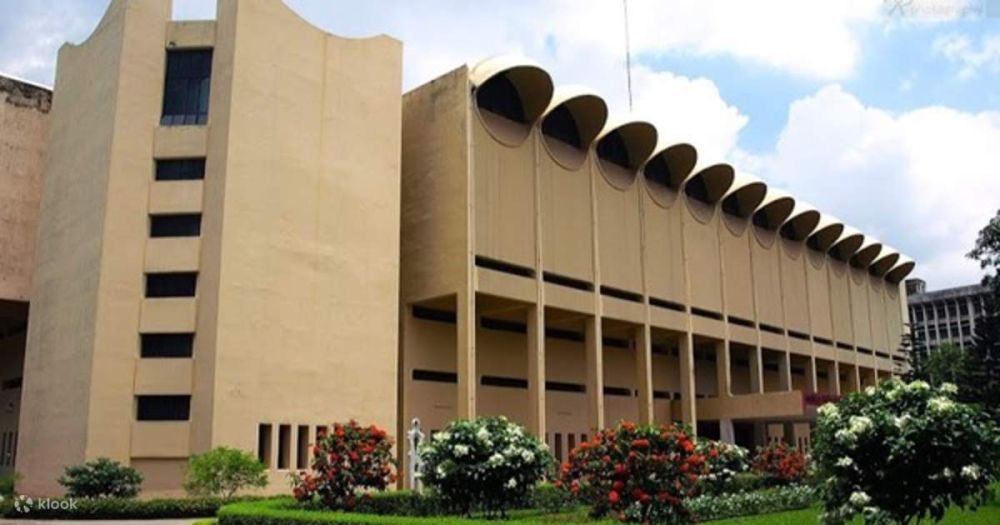

The Bangladesh National Museum, situated in the heart of Dhaka, is a beacon of the nation's rich history and cultural heritage. Founded in 1913, initially as the Dhaka Museum, it was later upgraded to the national status in 1983, and since then, it has been serving as a custodian of Bangladesh's national history and art.
Over the years, the museum has played a pivotal role in preserving the cultural and historical artifacts that span the region's history. From ancient Bengal civilizations to the struggle for independence and the birth of Bangladesh, the museum offers a comprehensive narrative through its vast array of exhibits. With over 17 galleries, visitors can explore art, classical and contemporary paintings, sculpture, history, natural history, ethnography, and world civilization.
One of the highlights of the museum is its assortment of rare collections, including ancient coins, terracotta, inscriptions, and old scriptures that document the life and triumphs of the people of this land. In addition, the museum houses a significant liberation war gallery that documents the struggle and sacrifice for Bangladesh's independence in 1971.
The history of tourism in Bangladesh is deeply intertwined with the country's evolution as a sovereign state. Post-independence, Bangladesh embarked on a journey to invite the world to explore its natural beauty and cultural richness. Through the establishment of the Bangladesh Parjatan Corporation in 1972, and with the support of the Ministry of Civil Aviation and Tourism, efforts were intensified to promote tourism.
Places such as Cox's Bazar, the Sundarbans, and historical sites like the ancient ruins of Paharpur and Mahasthangarh have attracted tourists both locally and internationally. The World Heritage Sites in Bangladesh, including the Sundarbans and the Ruins of the Buddhist Vihara at Paharpur, have significantly heightened the country's tourism profile.
In recent times, there has been a shift towards ecological and sustainable tourism in Bangladesh, with an increase in community-based and eco-tourism initiatives. Authentic experiences like homestays in rural areas and exposure to the local culture and traditions are gaining traction.
Furthermore, Bangladesh is enhancing its tourism infrastructure with the development of the new Payanirban Mela an international standard airport in Cox's Bazar to accommodate more international visitors. The introduction of electronic visa services has also streamlined the process for tourists to visit Bangladesh.
The Bangladesh National Museum remains a focal point for tourists visiting Dhaka. It provides a window into the past and an understanding of the diverse tapestry that makes up the nation's identity. Tourists are encouraged to allocate ample time to absorb the knowledge and artistry displayed across the museum's expansive halls.
Visiting the Bangladesh National Museum offers a deeply enriching experience that goes beyond sightseeing; it is an educational journey through the soul of the nation. Its role in the tourism sector of Bangladesh is invaluable, contributing significantly to the cultural education of visitors and locals alike.